Python - 深夜数据结构与算法之 字符串常规操作
目录
10.Reverse-String-In-Str 3[557]
一.引言
本文介绍字符串相关算法,以及字符串题目用到的一些关联数据结构。
二.字符串简介
1.定义

Python、Java 的 String 是不可变的,C++ 中是可变的。
2.遍历
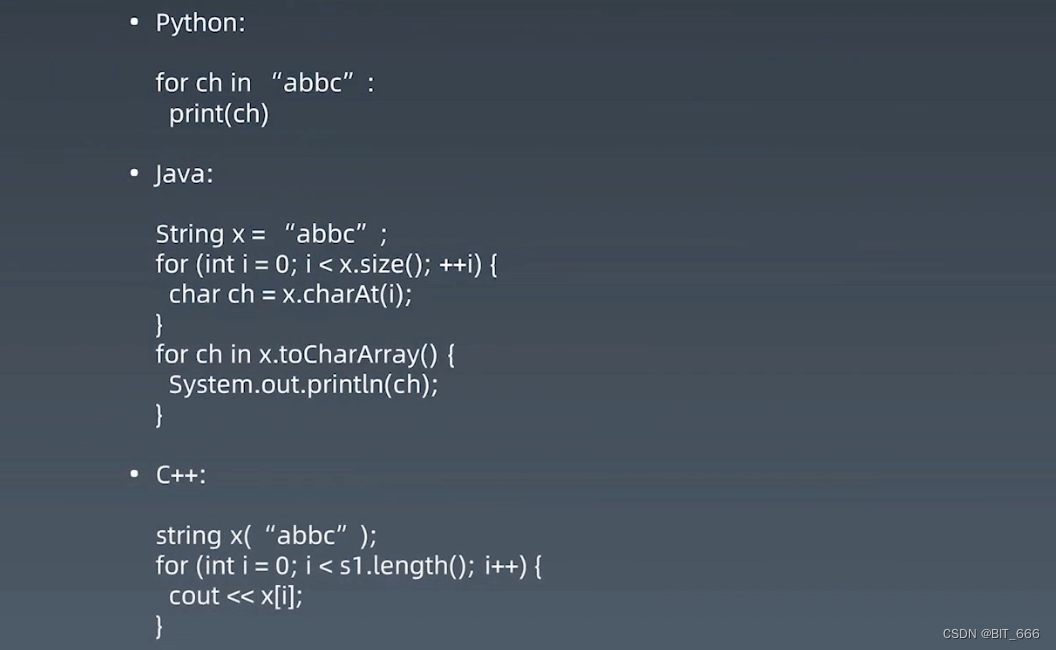
3.比较
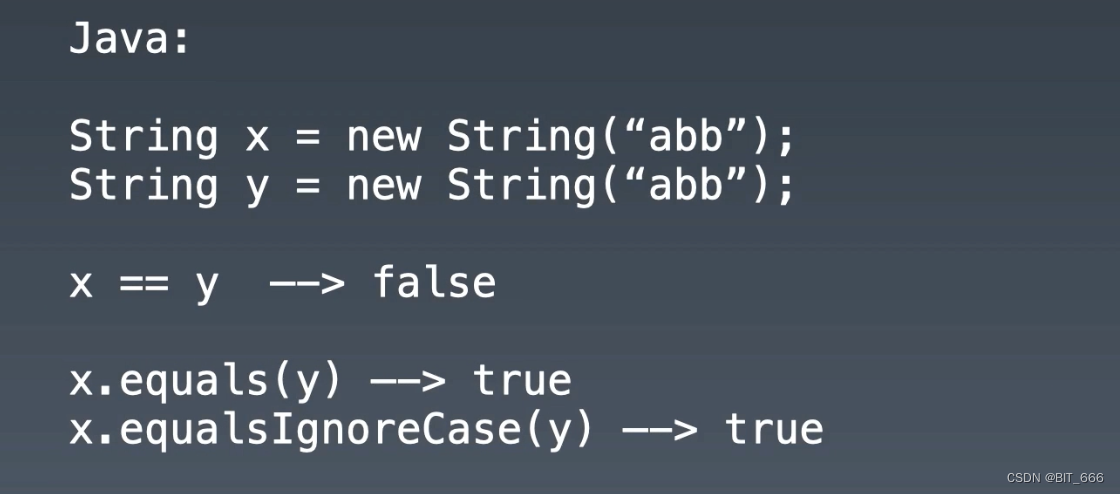
这里主要 Java 有区别,当使用 x==y 时,比较的是二者的指针,所以如果要比较字符串相等,需要使用 equals,如果忽略大小写则使用 IgnoreCase 的情况。
三.经典算法实战
1.To-Lower-Case [709]
转换小写:?https://leetcode.cn/problems/to-lower-case/description/
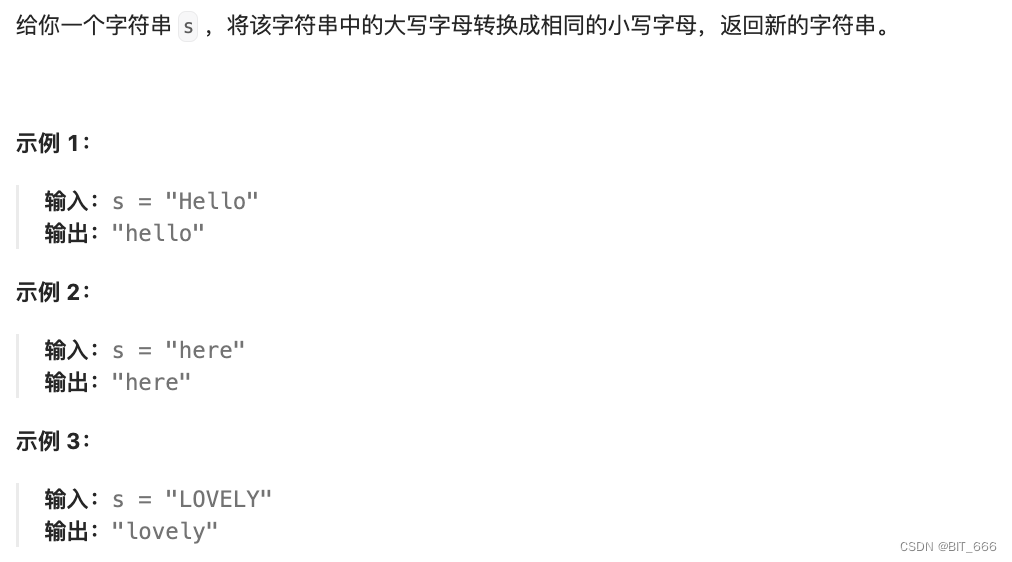
◆ 题目分析
最暴力的方法就是构造 {"A": "a", ... , "Z": "z"} 的映射,直接转换,最简单的方法是使用 .lower() 方法直接转换。这里我们熟悉一下 python 里字符串的写法,ord 可以获取其对应的?Unicode 码,而 chr 函数可以将整数?Unicode 码转换为 String。
◆ 字符串映射
class Solution(object):
def toLowerCase(self, s):
"""
:type s: str
:rtype: str
"""
re = []
for char in s:
if "A" <= char <= "Z":
re.append(chr(ord(char) - ord("A") + ord("a")))
else:
re.append(char)
# "".join([chr(ord(c) - ord('A') + ord('a')) if 'A' <= c <= 'Z' else c for c in s])
return "".join(re)这里基于一个等式即 ord("A") - ord("a") = ord("X") - ord("x"),移项即可。?
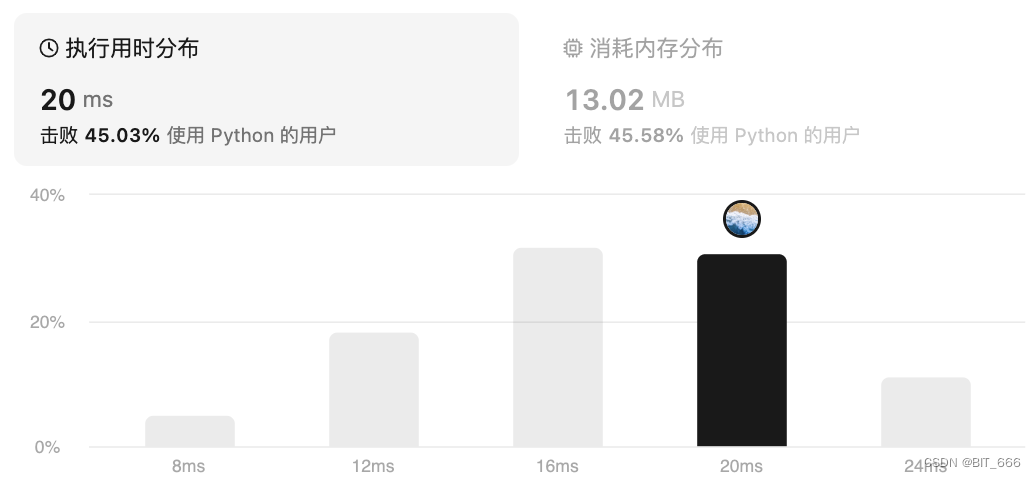
?2.Len-Of-Last-Word [58]
最后单词长度:?https://leetcode.cn/problems/length-of-last-word/description/
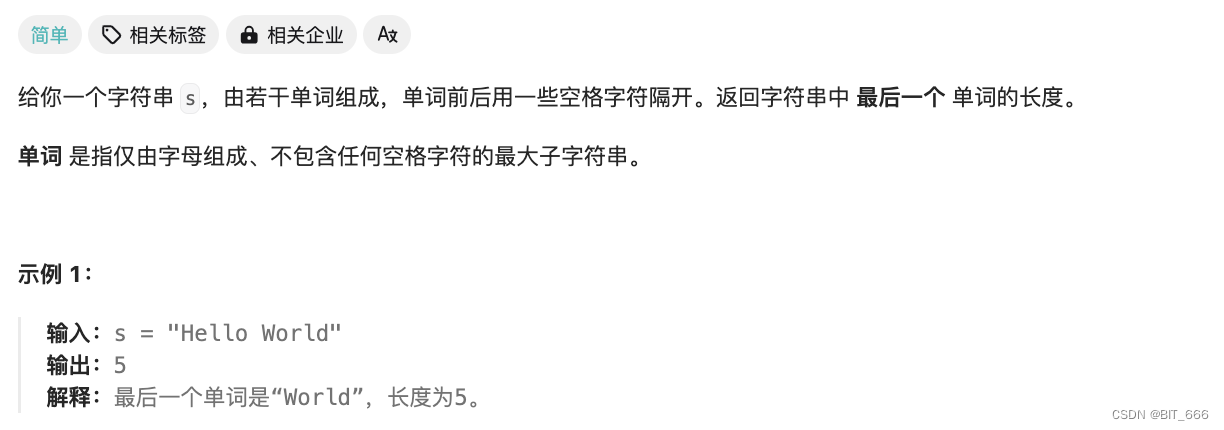
◆ 题目分析
本题用于熟悉字符串常用的方法:
- arr[::-1] 该操作用于反转字符串
- range(len(arr) - 1, -1, -1) 该操作用于从后向前遍历索引
- strip() 清除字符串头尾的空白符,空格、换行、制表符
- split() 使用空白符号对字符串进行分割
◆ 常规用法
class Solution(object):
def lengthOfLastWord(self, s):
"""
:type s: str
:rtype: int
"""
#arr = s.split(" ")
# 法1
#for i in arr[::-1]:
# if len(i):
# return len(i)
# 法2
#for i in range(len(arr) - 1, -1, -1):
# if len(arr[i]):
# return len(arr[i])
# 法3
# return len(s.strip().split(" ")[-1])
# 法4
# return len(s.split()[-1])
return 0试了一下,方法 3 的速度最快。?
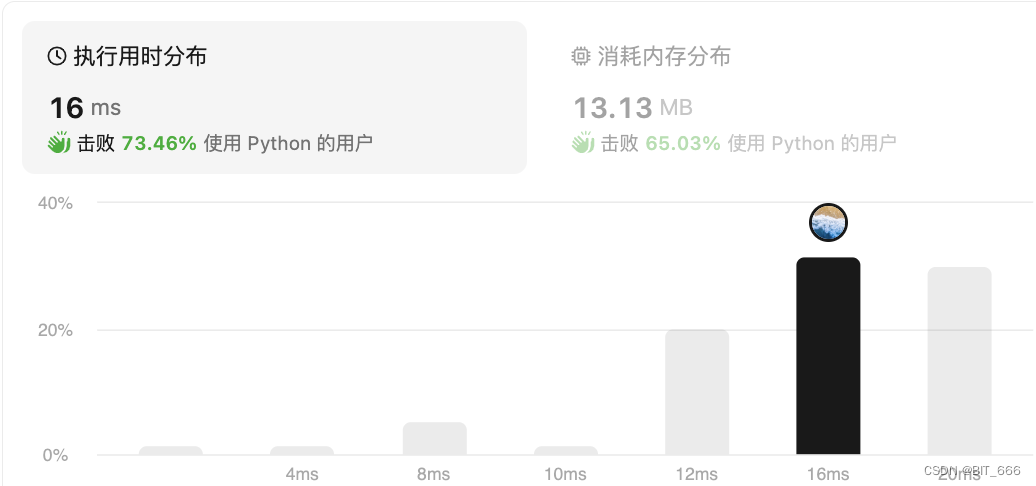
3.Jewels-And-Stones [771]
宝石与石头:?https://leetcode.cn/problems/jewels-and-stones/description/

◆ 题目分析
set 方法可以转换 list,也可以直接用 in 判断是否存在于 list,sum 可以统计 true 的个数。
◆ 常规用法?
class Solution(object):
def numJewelsInStones(self, jewels, stones):
"""
:type jewels: str
:type stones: str
:rtype: int
"""
# 异常情况
if len(jewels) * len(stones) == 0:
return 0
jewels = set(jewels)
return sum(s in jewels for s in stones)4.Unique-Char [787]
唯一字符:?https://leetcode.cn/problems/first-unique-character-in-a-string/description/
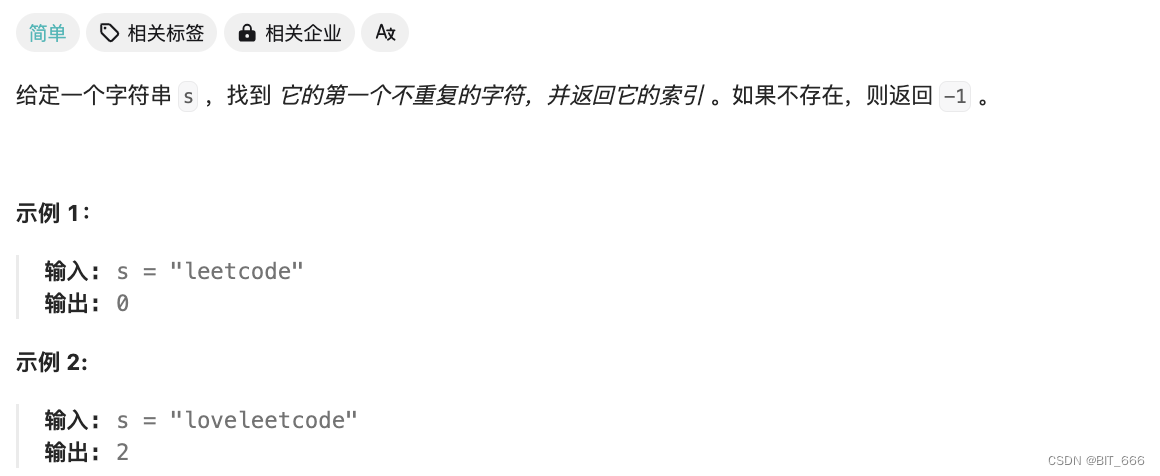
◆ 题目分析
使用 count = {} 记录每个字符的数量,如果 count = 1 则返回其索引,本题主要是空间辅助的思想。
◆ Map 计数?
class Solution(object):
def firstUniqChar(self, s):
"""
:type s: str
:rtype: int
"""
count = {}
# 计数
for char in s:
if char not in count:
count[char] = 0
count[char] += 1
for i in range(len(s)):
if count[s[i]] == 1:
return i
return -1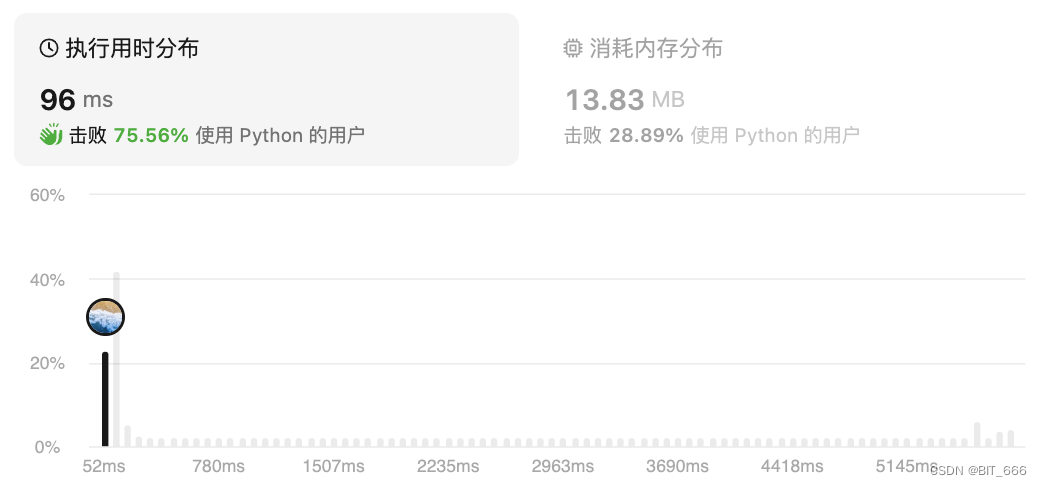
◆ List 计数
class Solution(object):
def firstUniqChar(self, s):
"""
:type s: str
:rtype: int
"""
count = [0] * 26
for i in range(len(s)):
count[ord(s[i]) - ord("a")] += 1
for i in range(len(s)):
if count[ord(s[i]) - ord("a")] == 1:
return i
return -1?通过 List 构建 26 个索引记数,该方法思想来源于记数排序。
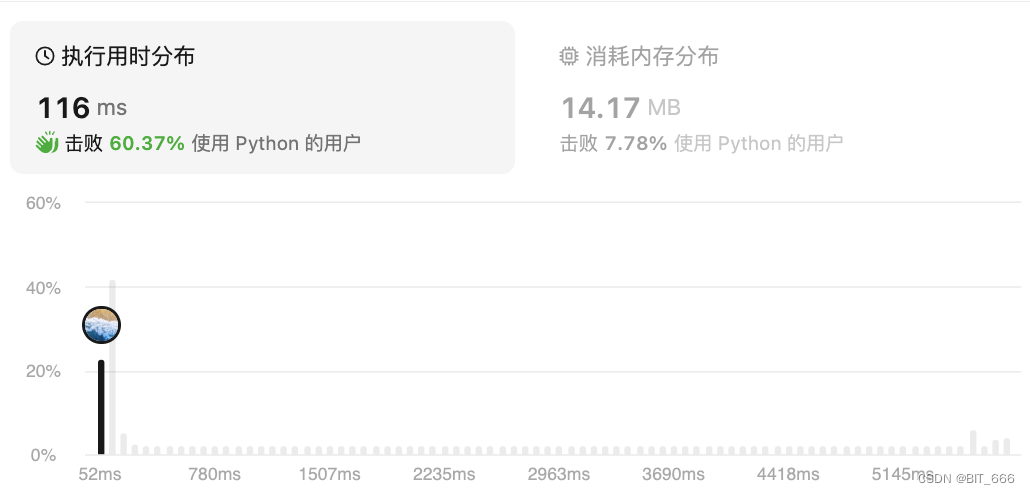
5.String-To-Integer [8]
字符串换整数:?https://leetcode.cn/problems/string-to-integer-atoi/description/
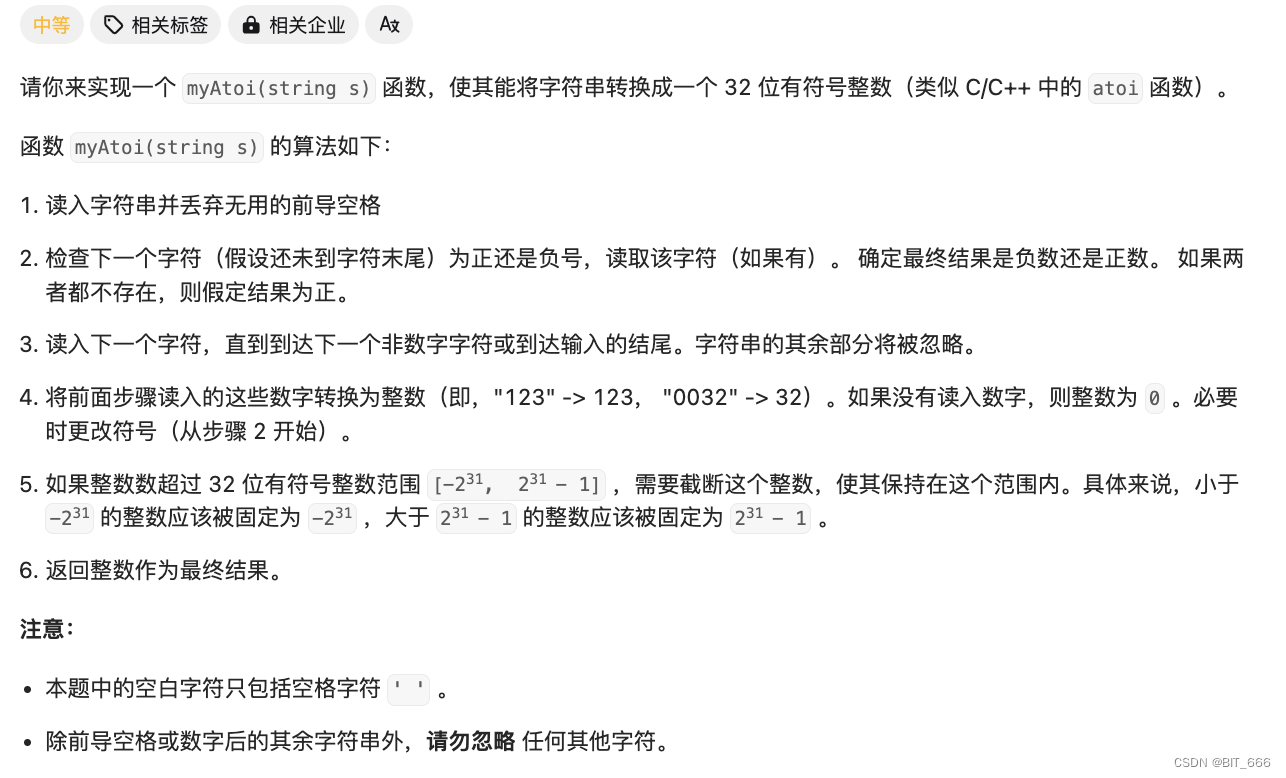
◆ 题目分析
此题比较复杂,按照要求,面向示例一个一个改 bug,注意 int 不能越界是此题的一个点,经常会有题目要求检查越界的问题。
◆ 没有技巧都是泪
class Solution(object):
def myAtoi(self, s):
"""
:type s: str
:rtype: int
"""
# 去除前后空格
s = s.strip()
if len(s) == 0:
return 0
# 越界
INT_MAX = 2 ** 31 - 1
INT_MIN = -2 ** 31
# 判断正负
sign = 1
if s[0] == "-":
sign = -1
if s[0] == "+" or s[0] == "-":
s = s[1:]
re = 0
for char in s:
if '0' <= char <= "9":
re = re * 10 + int(char)
# 上界
if re > INT_MAX:
break
else:
break
re = sign * re
# 判断越界
if re > INT_MAX:
return INT_MAX
if re < INT_MIN:
return INT_MIN
return re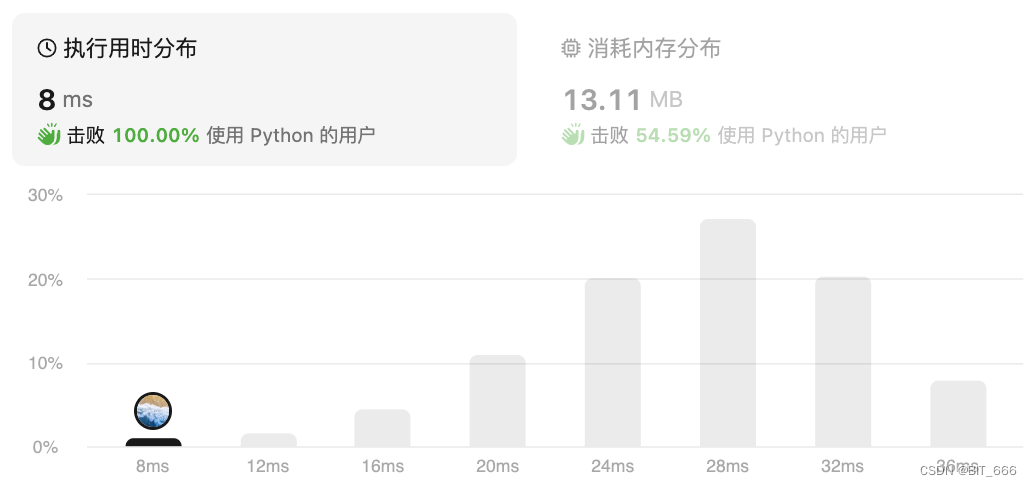
6.Longest-Common-Prefix [14]
最长公共前缀:?https://leetcode.cn/problems/longest-common-prefix?

◆ 题目分析
每次判断当前索引字符,如果全部一致则遍历下一个索引,以此类推。
◆ 辅助空间
class Solution(object):
def longestCommonPrefix(self, strs):
"""
:type strs: List[str]
:rtype: str
"""
prefix = ""
# 最长公共前缀取决于最短的字符
n = min([len(s) for s in strs])
char = ""
for i in range(n):
# 每一位一致才公共
if len(set([s[i] for s in strs])) == 1:
char += strs[0][i]
else:
break
return char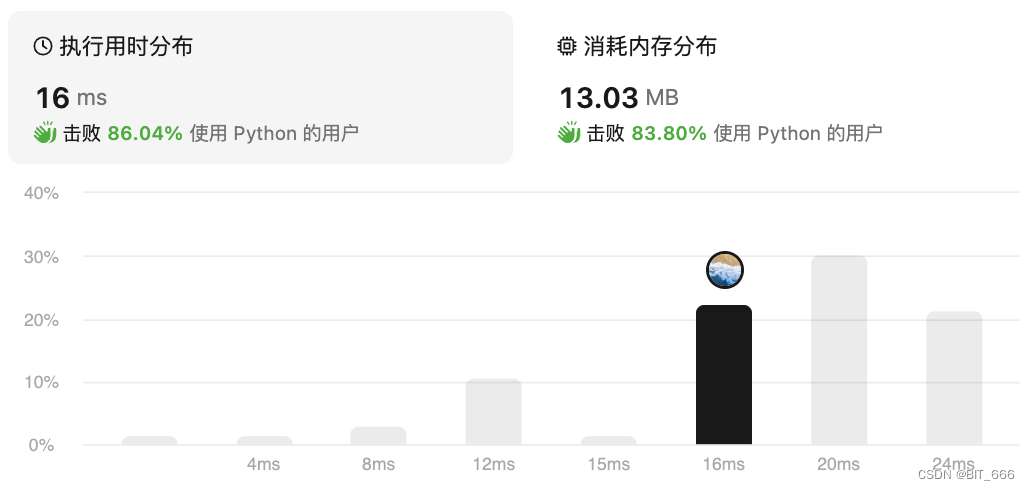
◆ 无脑遍历
class Solution(object):
def longestCommonPrefix(self, strs):
"""
:type strs: List[str]
:rtype: str
"""
for i in range(len(strs[0])):
for st in strs[1:]:
if len(st) <= i:
return strs[0][:i]
if st[i] != strs[0][i]:
return strs[0][:i]
return strs[0]
7.Reverse-String [344]
反转字符串:?https://leetcode.cn/problems/reverse-string/

◆ 题目分析
构建起始双指针,从头到尾交换即可。
◆ 双指针
class Solution(object):
def reverseString(self, s):
"""
:type s: List[str]
:rtype: None Do not return anything, modify s in-place instead.
"""
st, end = 0, len(s) - 1
while st < end:
s[st], s[end] = s[end], s[st]
st += 1
end -= 1
8.Reverse-String-2 [541]
反转字符串2:?https://leetcode.cn/problems/reverse-string-ii/description/
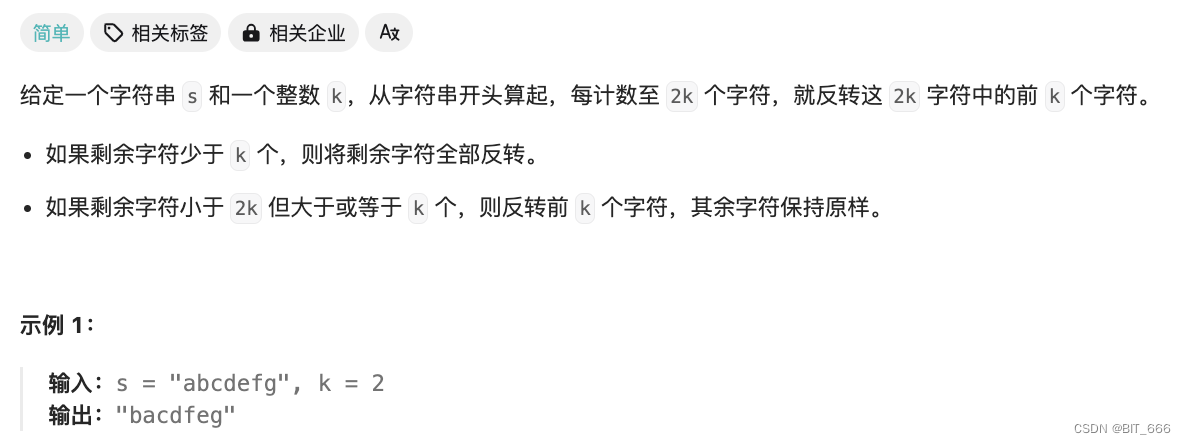
◆ 题目分析
套用上方的 reverse 模版,这里主要理解题意,就是每 2k 步处理前 k 个,最后不够就都处理了。
走 K 步,for i in range(st, end, k) 这里是一个使用套路,类似上面从后往前走 range(st, -1 -1)。
◆ 模版套用?
class Solution(object):
def reverse(self, s):
"""
:type s: List[str]
:rtype: None Do not return anything, modify s in-place instead.
"""
st, end = 0, len(s) - 1
while st < end:
s[st], s[end] = s[end], s[st]
st += 1
end -= 1
return s
def reverseStr(self, s, k):
"""
:type s: str
:type k: int
:rtype: str
"""
t = list(s)
for i in range(0, len(t), 2 * k):
t[i: i+k] = self.reverse(t[i: i+k])
return "".join(t)
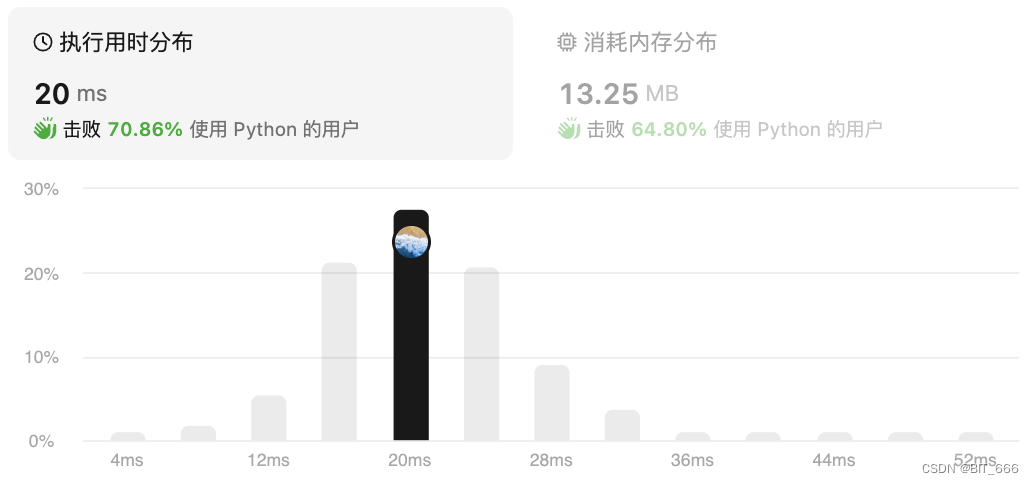
9.Reverse-Words-In-Str [151]
反转字符串:?https://leetcode.cn/problems/reverse-words-in-a-string?
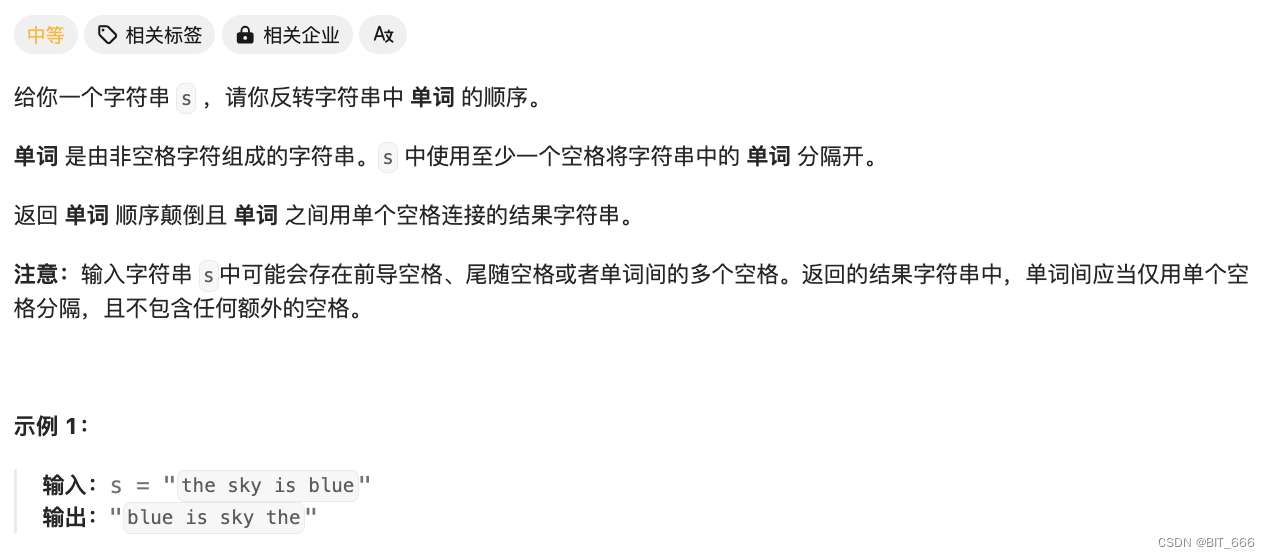
◆ 题目分析
还是反转字符串,只不过是部分反转,不是全部反转。
◆ 套用模版
class Solution(object):
def reverseWords(self, s):
"""
:type s: str
:rtype: str
"""
s = s.strip()
if len(s) == 0:
return 0
arr = [i for i in s.split(" ") if i != ""]
st, end = 0, len(arr) - 1
while st < end:
arr[st], arr[end] = arr[end], arr[st]
st += 1
end -= 1
return " ".join(arr)10.Reverse-String-In-Str 3[557]
反转字符串3:?https://leetcode.cn/problems/reverse-words-in-a-string-iii/
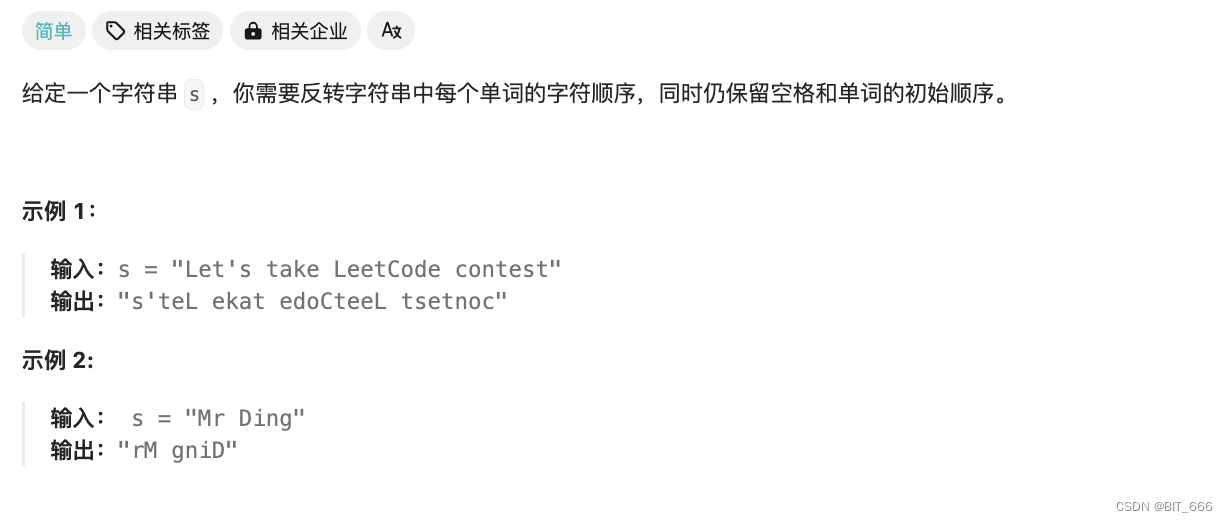
class Solution(object):
def reverse(self, s):
start, end = 0, len(s) - 1
while start < end:
s[start], s[end] = s[end], s[start]
start += 1
end -= 1
return "".join(s)
def reverseWords(self, s):
"""
:type s: str
:rtype: str
"""
arr = s.split(" ")
return " ".join([self.reverse(list(text)) for text in arr])
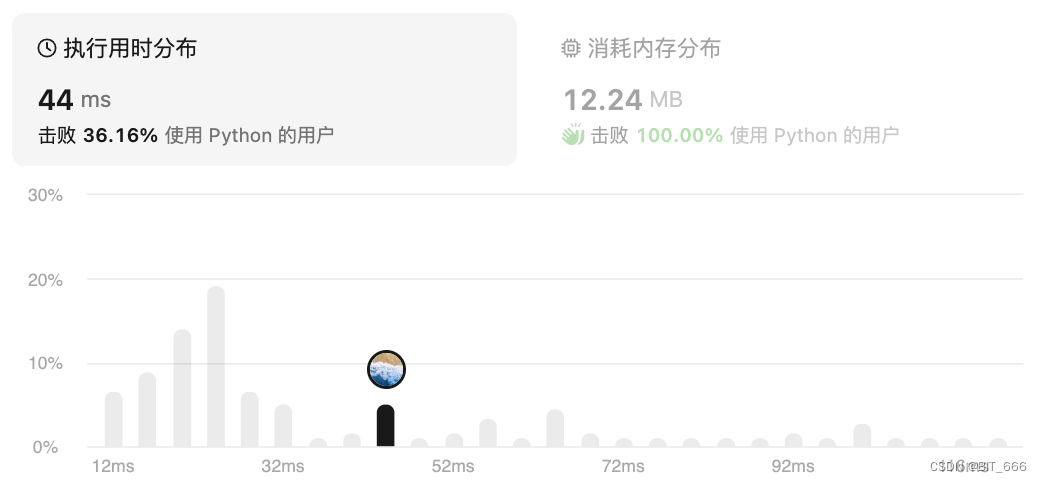
11.Reverse-Only-Letters [917]
仅反转字母:?https://leetcode.cn/problems/reverse-only-letters/description/
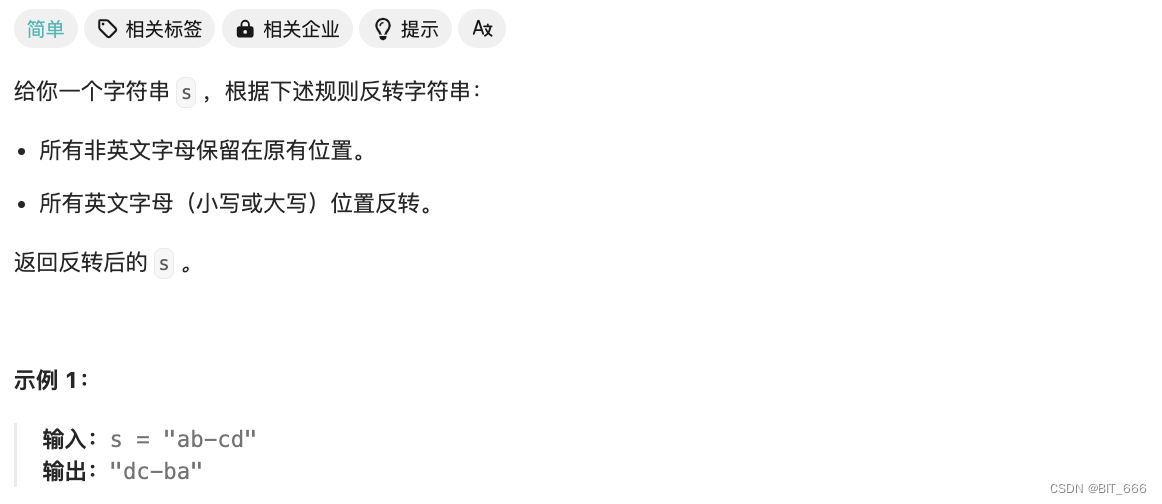
class Solution(object):
def isEng(self, char):
return 'a' <= char <= 'z' or 'A' <= char <= 'Z'
def reverseOnlyLetters(self, s):
"""
:type s: str
:rtype: str
"""
start, end = 0, len(s) - 1
s = list(s)
while start < end:
if not self.isEng(s[start]):
start += 1
continue
if not self.isEng(s[end]):
end -= 1
continue
s[start], s[end] = s[end], s[start]
start += 1
end -= 1
return "".join(s)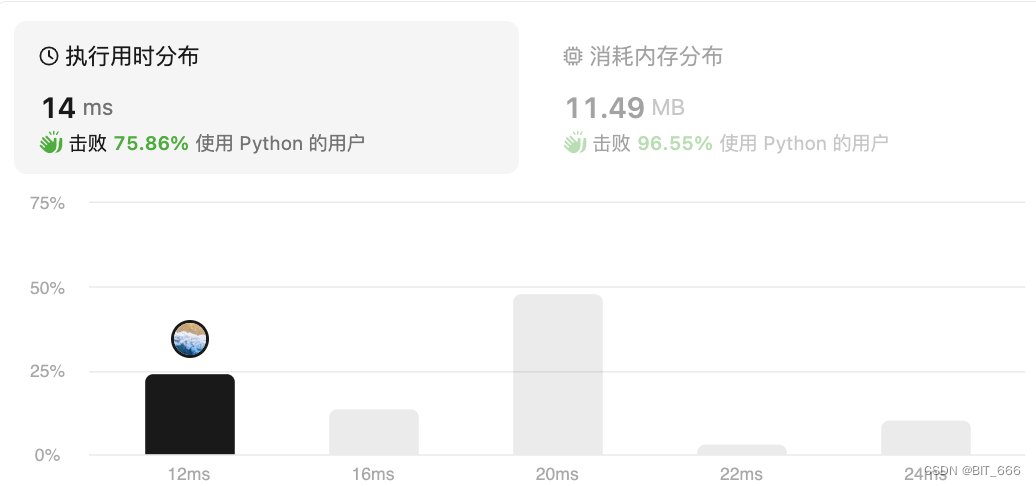
12.Group-Anagrams [49]
字母异位词分组:??https://leetcode.cn/problems/group-anagrams/description/
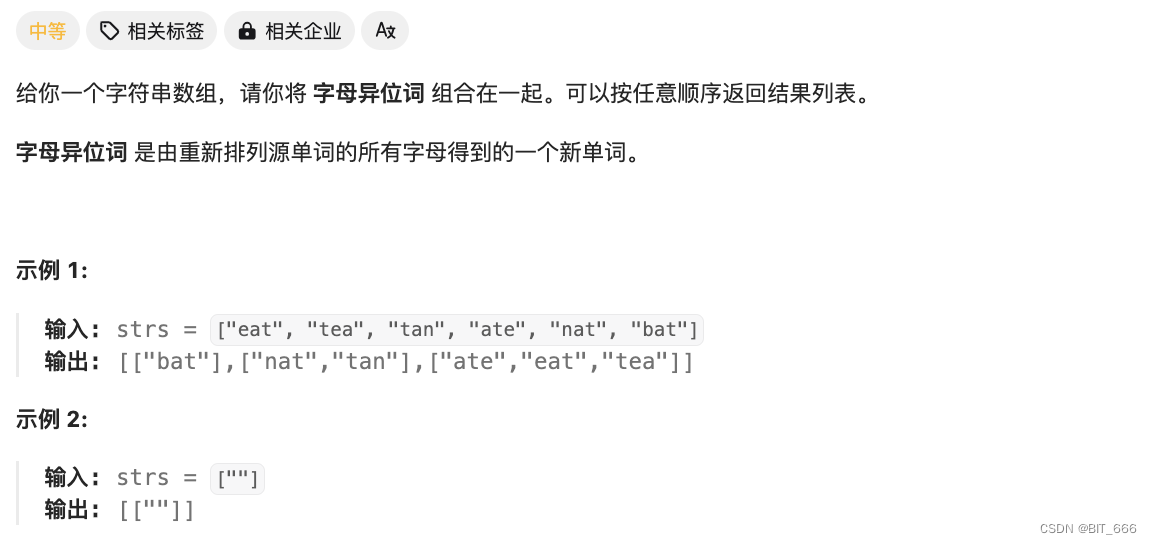
◆ 题目分析
本题主要掌握 sorted() 用法,其对字符串排序并返回一个排序后的字符列表。
◆ 套用模版
class Solution(object):
def groupAnagrams(self, strs):
"""
:type strs: List[str]
:rtype: List[List[str]]
"""
re = {}
for text in strs:
sorted_text = ''.join(sorted(text))
if sorted_text not in re:
re[sorted_text] = []
re[sorted_text].append(text)
return re.values()
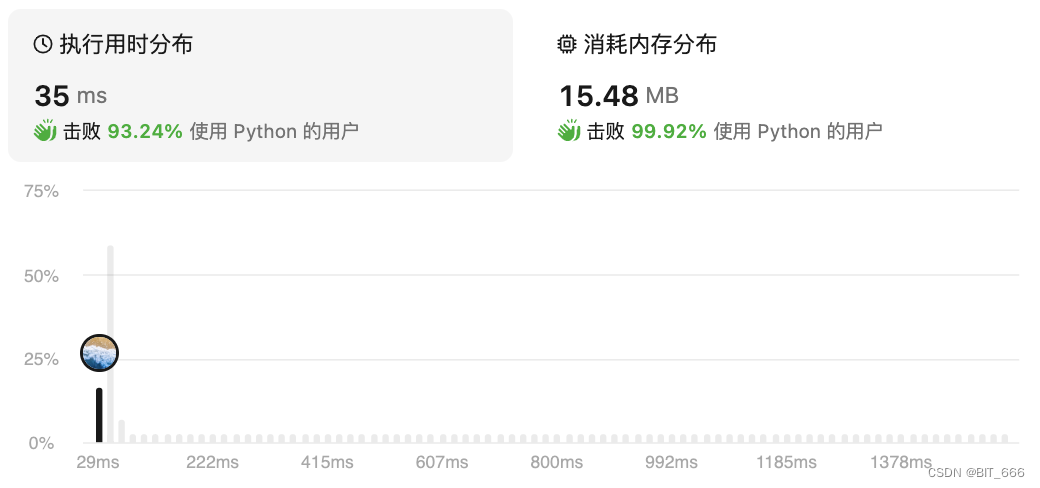
13.
所有异位词:?https://leetcode.cn/problems/find-all-anagrams-in-a-string/description/

?◆ 暴力循环
class Solution(object):
def findAnagrams(self, s, p):
"""
:type s: str
:type p: str
:rtype: List[int]
"""
p = ''.join(sorted(p))
slen = len(p)
return [i for i in range(len(s) - slen + 1) if ''.join(sorted(s[i: i+slen])) == p]

?◆ 滑动数组
class Solution(object):
def findAnagrams(self, s, p):
"""
:type s: str
:type p: str
:rtype: List[int]
"""
M, N, re = len(s), len(p), []
if M < N:
return re
s_cnt = [0] * 26
p_cnt = [0] * 26
pivot = ord("a")
for i in range(N):
s_cnt[ord(s[i]) - pivot] += 1
p_cnt[ord(p[i]) - pivot] += 1
if s_cnt == p_cnt:
re.append(0)
for i in range(N, M):
s_cnt[ord(s[i - N]) - pivot] -= 1
s_cnt[ord(s[i]) - pivot] += 1
if s_cnt == p_cnt:
re.append(i - N + 1)
return re
每次只滑动一个位置,只修改头尾的记数,如果两个数组相同则代表是异位词。
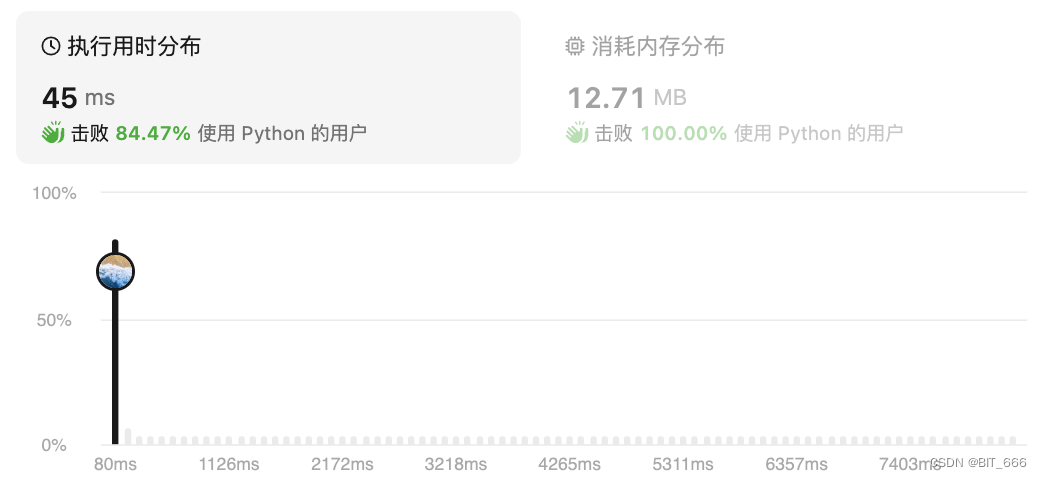
13.Valid-Palindrome [125]
验证回文串:?https://leetcode.cn/problems/valid-palindrome/description/
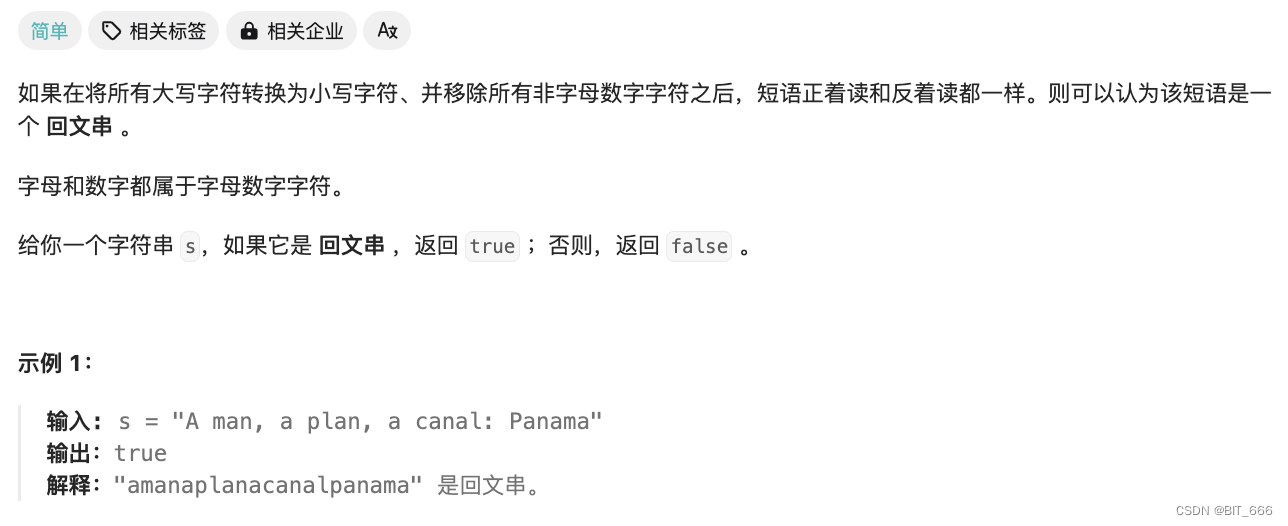
?◆ 题目分析
主要是判断是字符以及判断相等,也可以简单点直接 s = s[::-1]。
?◆ 双指针
class Solution(object):
def isASC(self, c):
return "a" <= c <= "z" or "A" <= c <= "Z" or "0" <= c <= "9"
def isPalindrome(self, s):
"""
:type s: str
:rtype: bool
"""
start, end = 0, len(s) - 1
while start < end:
if not self.isASC(s[start]):
start += 1
continue
if not self.isASC(s[end]):
end -= 1
continue
if s[start].lower() != s[end].lower():
return False
start += 1
end -= 1
return True
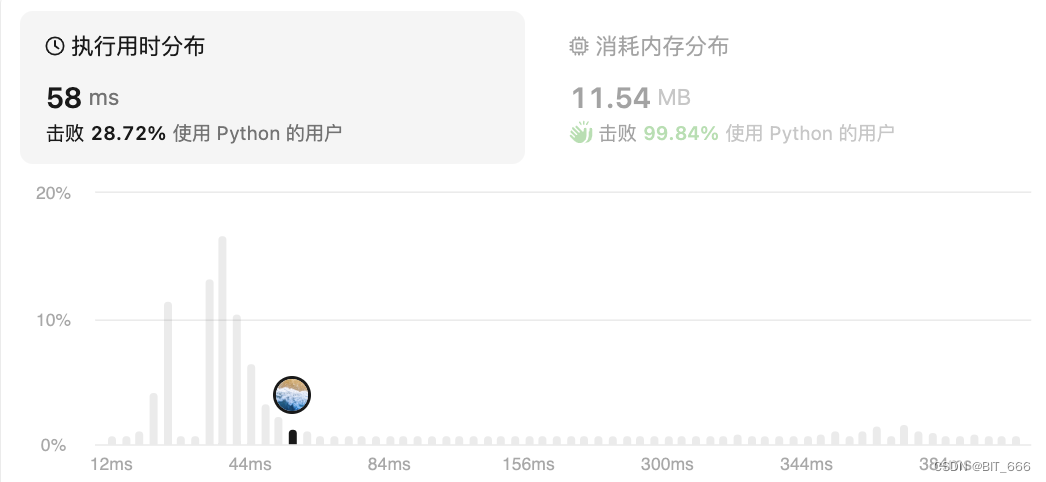
14.Valid-Palindrome 2 [680]
回文串2:?https://leetcode.cn/problems/valid-palindrome-ii/description/?
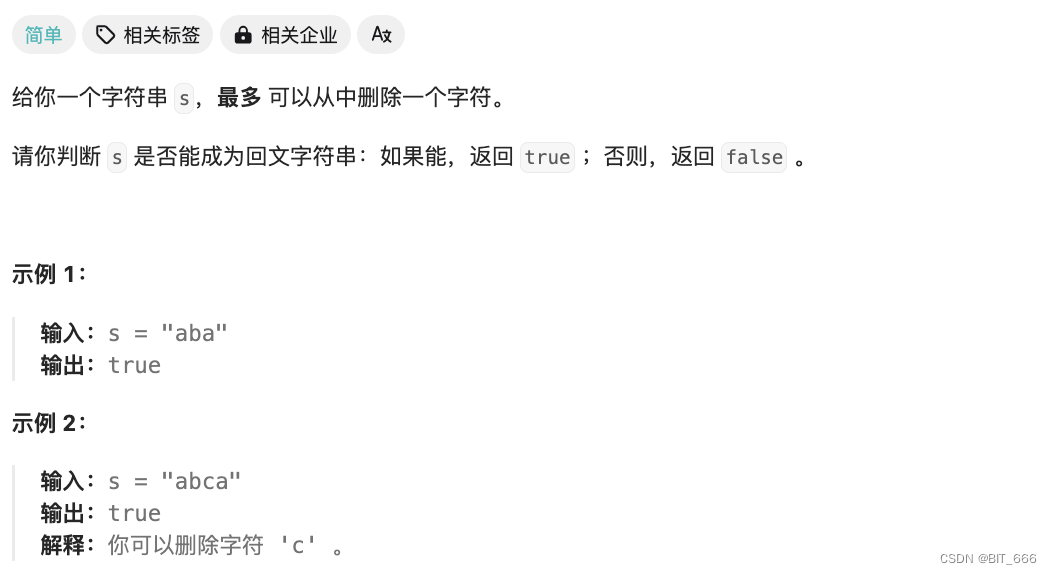
?◆ 题目分析
在不等于的情况下,删除左边或右边的节点,继续尝试。
?◆ 双指针
class Solution(object):
def isValid(self, s, st, end):
while st < end:
if s[st] != s[end]:
return False
st += 1
end -= 1
return True
def validPalindrome(self, s):
"""
:type s: str
:rtype: bool
"""
start, end = 0, len(s) - 1
while start < end:
if s[start] == s[end]:
start += 1
end -= 1
else:
return self.isValid(s, start + 1, end) or self.isValid(s, start, end - 1)
return True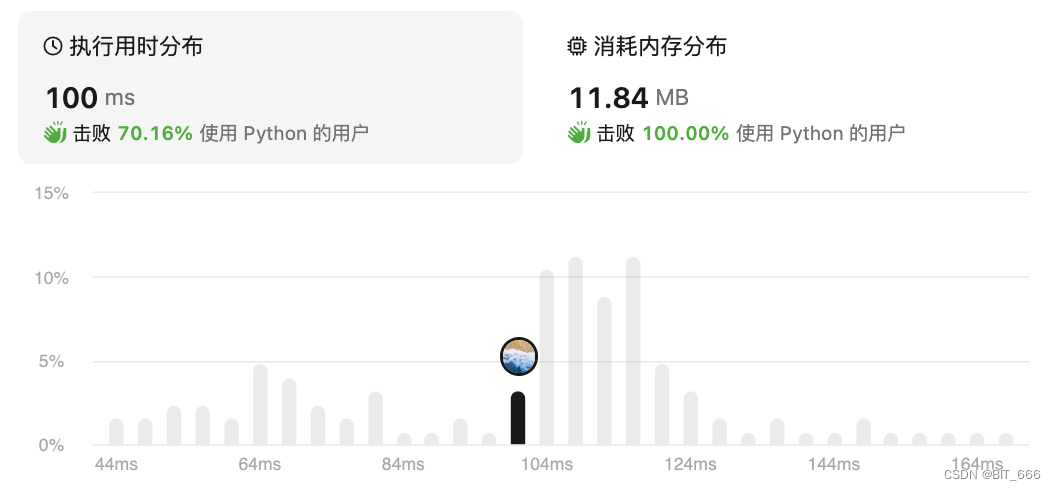
15.Longest-Palindromic [5]
最长回文子串:?https://leetcode.cn/problems/longest-palindromic-substring/description/

?◆ 题目分析
回文串可以是 bab 即奇数的情况,也可以是 baab 的双数情况,对于每一个位置 i,我们判断 i 为中心的回文串和 i,i+1 为中心的回文串哪个长,更新 res 最终返回。
?◆ 双指针
class Solution(object):
def longestPalindrome(self, s):
"""
:type s: str
:rtype: str
"""
# 中心扩散
def palindrome(s, st, end):
while st >= 0 and end < len(s) and s[st] == s[end]:
end += 1
st -= 1
return s[st + 1: end]
res = ""
for i in range(len(s)):
sub1 = palindrome(s, i, i) # 以 i 为中心扩散
sub2 = palindrome(s, i, i+1) # 以 i,i 为中心扩散
res = sub1 if len(sub1) > len(res) else res
res = sub2 if len(sub2) > len(res) else res
return res
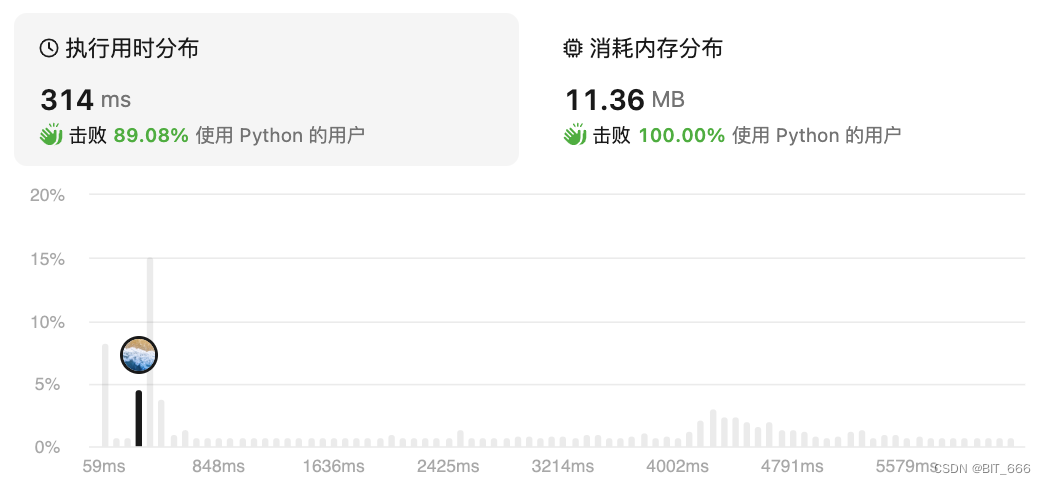
四.总结
![]()
关于字符串基本操作的题目就写到这里,现在已经是? 23:42 了,又是快乐做题的一晚。上面的题目大都是 Easy & Middle,可以看到字符串基本操作的主要思想一种是使用双指针在原址遍历,这样比较节省内存空间,另外就是借助辅助空间,类似 set、list、dict 构造 count 从而辅助计算。
本文来自互联网用户投稿,该文观点仅代表作者本人,不代表本站立场。本站仅提供信息存储空间服务,不拥有所有权,不承担相关法律责任。 如若内容造成侵权/违法违规/事实不符,请联系我的编程经验分享网邮箱:chenni525@qq.com进行投诉反馈,一经查实,立即删除!
- Python教程
- 深入理解 MySQL 中的 HAVING 关键字和聚合函数
- Qt之QChar编码(1)
- MyBatis入门基础篇
- 用Python脚本实现FFmpeg批量转换
- 20240109 SQL基础50题打卡
- JAVA那些事(四)数组
- 《Python自动化测试九章经》
- 从入门到精通,30天带你学会C++【第九天:排序合集】
- 探索数据的奥秘:一份深入浅出的数据分析入门指南
- Redis击穿、穿透、雪崩介绍、以及解决方法、RDB和AOF的介绍
- C++ STL拟容器和容器适配器
- Word文档打字时直接覆盖后面的文字如何解决
- 迈向2024:医疗机器人的市场前景与技术革新
- Fortune Telling
